How Duke Energy Plans To Power the Carolinas’ Energy Growth
By Gina DiPietro | illumination Staff Writer
Published 04-03-24
Submitted by Duke Energy
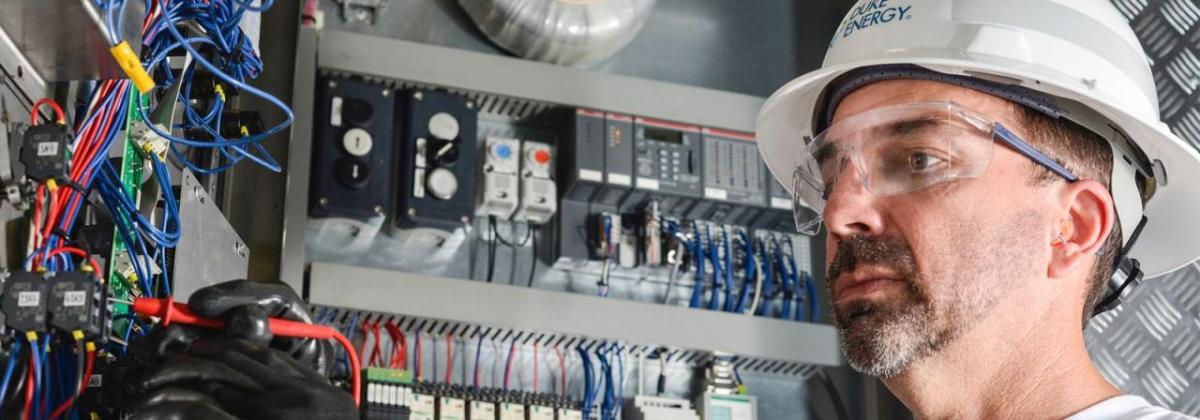
From population growth to the expansion of manufacturing and the clean energy economy, the Carolinas are enjoying unprecedented success in recent years. And it’s driving the need for a lot more electricity.
Many companies coming to North Carolina are associated with the electric transportation sector, further solidifying the state’s position as an emerging “battery belt.”
South Carolina is enjoying similar success, where the growth rate for the state’s manufacturing sector is more than double the national average. Gov. Henry McMaster said they, too, want to attract additional investment. And with that comes the need for greater energy generation.
“Over the next 15 years, electric use by Duke Energy customers in the Carolinas is projected to surge,” said Mike Callahan, Duke Energy’s South Carolina president. “We need power, and a lot of it – and we need to take action today.”
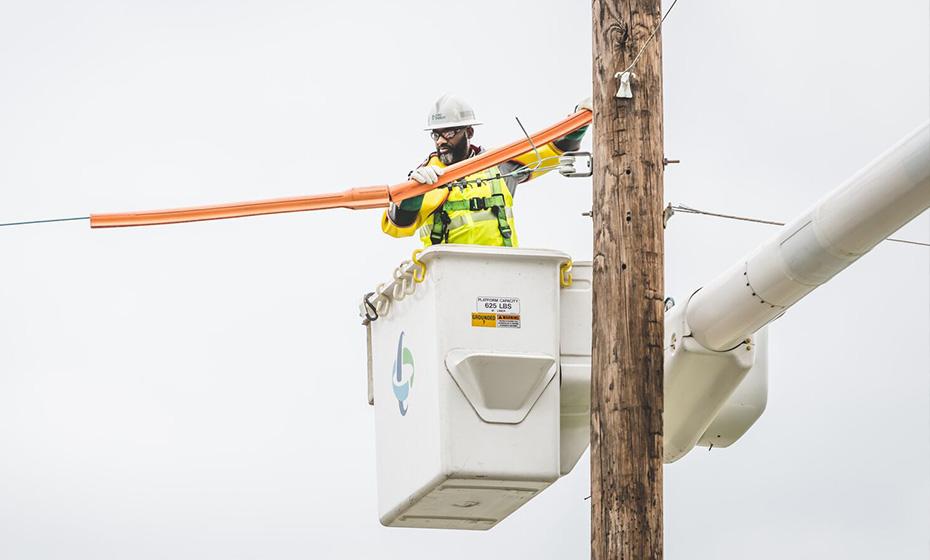
In a recent update to North Carolina and South Carolina regulators, Duke Energy proposed significant investments in solar, energy storage, and nuclear, along with more hydrogen-capable natural gas facilities. The most recent supplemental modeling also calls for 2,400 megawatts (MW) of offshore wind by 2035, subject to necessary regulatory approvals and support. This all-of-the-above strategy is needed to meet increased energy demand and keep costs low for customers, while enabling a transition out of coal.
More than half of Duke Energy’s coal fleet in the Carolinas is retired, but another 8,400 MW of coal-fired capacity is nearing the end of its operational life. To get out of coal reliably, the company needs new generation that is available 24/7, in any type of weather.
Duke Energy has proposed new natural gas, a reliable and flexible resource that is cleaner than coal (about half the emissions). Natural gas offers a stable energy supply that supports the expansion of renewable energy – another key piece of Duke Energy’s plan to support load growth in the region.
Without these investments, it could be difficult to sustain the economic success both states are enjoying. Companies need reliable power. And many are attracted by Duke Energy’s ability to provide it at a competitive price.
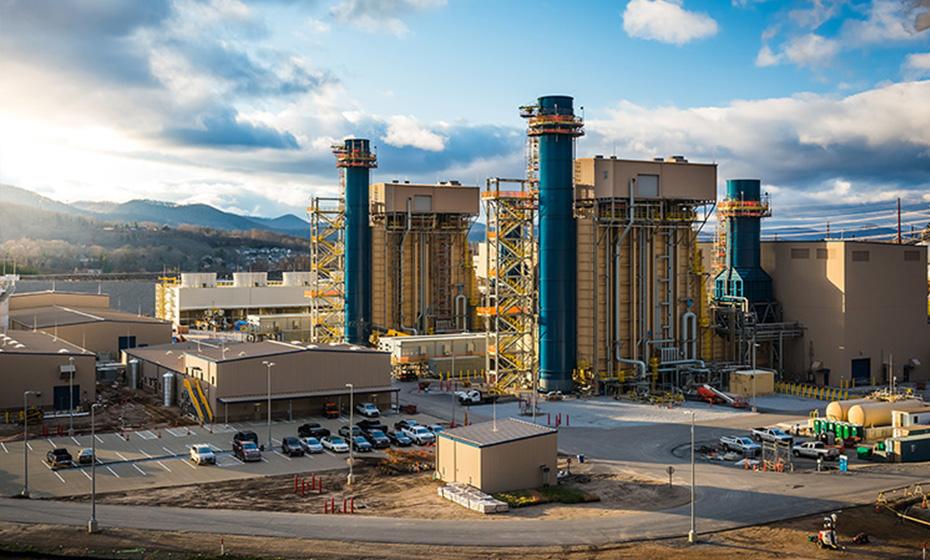
“The largest investments coming to the Carolinas, manufacturing and technology, are energy-intensive industries attracted by our low-carbon energy mix and rates well below the national average,” said Kendal Bowman, president of Duke Energy’s utility operations in North Carolina. “Growing our diverse energy mix is what will keep our momentum strong.”
Plans call for new hydrogen-capable natural gas plants at Roxboro Steam Plant in Person County, N.C., and Marshall Steam Station in Catawba County, N.C. And the company is advancing development options for new natural gas generation in South Carolina.
No new natural gas would require coal plants to operate longer, and continued use of coal will get more expensive and less reliable over time as regulations increase and coal supplies dwindle. In addition, advanced nuclear and other emerging technologies will not be commercially available until the 2030s.
Siting new generation at existing coal facilities also keeps jobs and investment in areas that depend on it – like Person County, N.C., where Duke Energy has generated power and invested in the people and community for more than 50 years.
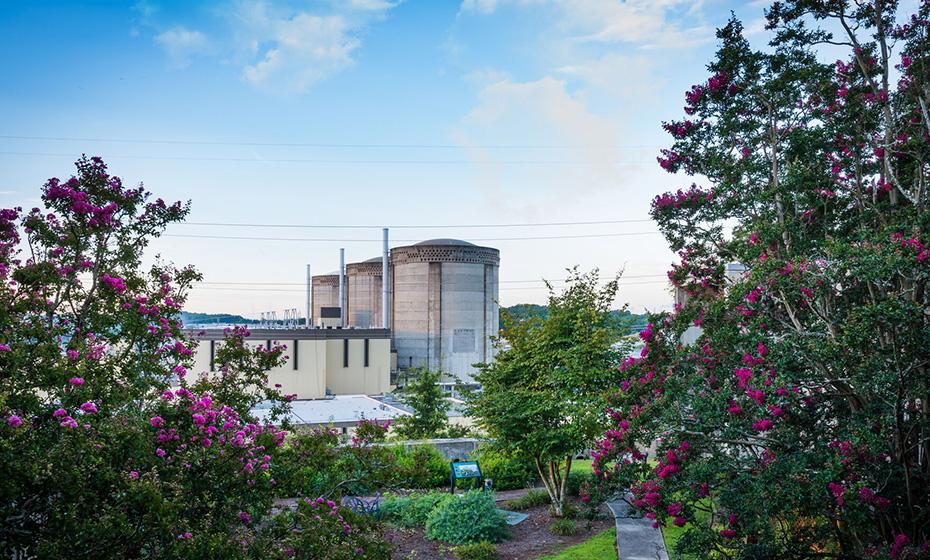
With natural gas available to power customers on demand, Duke Energy could add significantly more renewables – intermittent resources that are only available at certain times of the day.
Plans call for thousands of megawatts of zero-carbon solar that will help lower fuel costs for customers, and a lot more battery energy storage, devices that enable energy from renewables, like solar and wind, to be stored and then released when the power is needed most. The ability to capture this energy and purposefully deploy it can increase the value of clean energy.
The company is also considering an expansion of Bad Creek Hydroelectric Station in upstate South Carolina, which produces enough zero-carbon electricity to power more than 1.3 million homes. The pumped-hydro storage facility operates like a massive battery – quickly generating or storing power in response to electricity supply and demand.
Expanding operations at Bad Creek would help Duke Energy meet growing energy needs while providing economic benefits of $7.3 billion to South Carolina from construction and infrastructure activity.
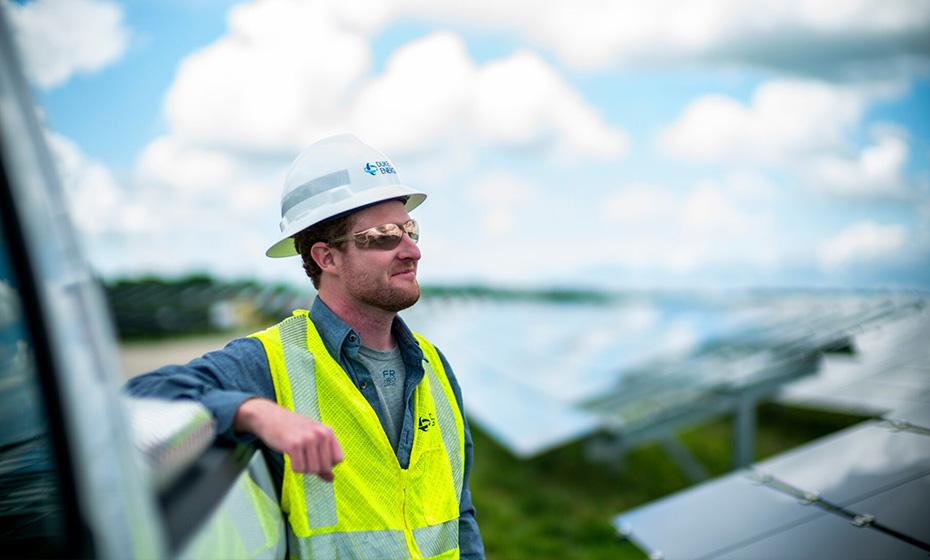
In the meantime, the company is planning ahead for the expected arrival of advanced nuclear a decade from now, further diversifying the energy mix that will help Duke Energy transition out of coal and into cleaner resources.
Also underway: significant improvements to the infrastructure that delivers power to customers to improve reliability, reduce outages, strengthen the grid against severe weather and prepare our system for the future.
“Regardless of the energy mix ultimately approved by state regulators,” Bowman said, “these infrastructure upgrades are already benefiting customers today and will continue to improve reliability in the years ahead.”
View original content here.
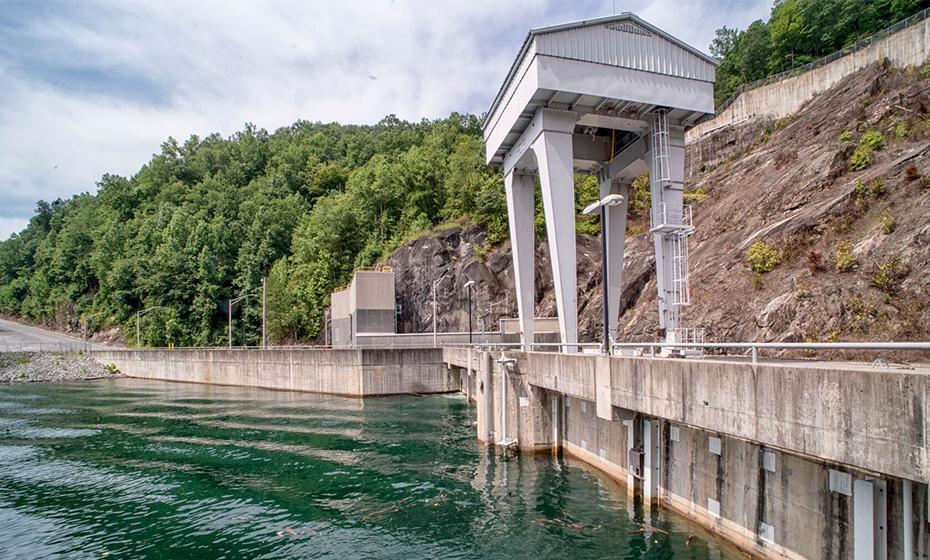
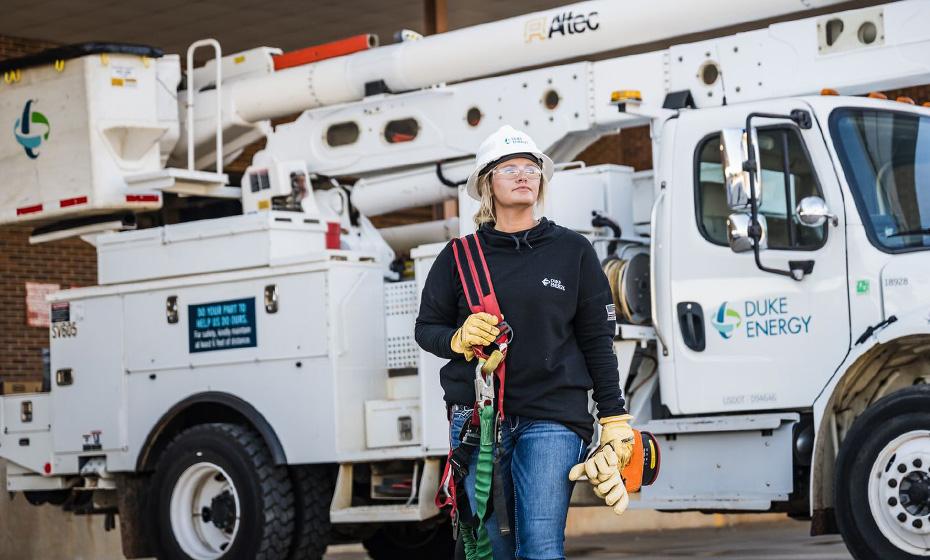
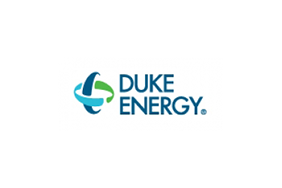
Duke Energy
Duke Energy
Duke Energy (NYSE: DUK), a Fortune 150 company headquartered in Charlotte, N.C., is one of America’s largest energy holding companies. The company’s electric utilities serve 8.4 million customers in North Carolina, South Carolina, Florida, Indiana, Ohio and Kentucky, and collectively own 54,800 megawatts of energy capacity. Its natural gas utilities serve 1.7 million customers in North Carolina, South Carolina, Tennessee, Ohio and Kentucky.
Duke Energy is executing an ambitious energy transition, keeping customer reliability and value at the forefront as it builds a smarter energy future. The company is investing in major electric grid upgrades and cleaner generation, including natural gas, nuclear, renewables and energy storage.
More information is available at duke-energy.com and the Duke Energy News Center. Follow Duke Energy on X, LinkedIn, Instagram and Facebook, and visit illumination for stories about the people and innovations powering our energy transition.
More from Duke Energy

